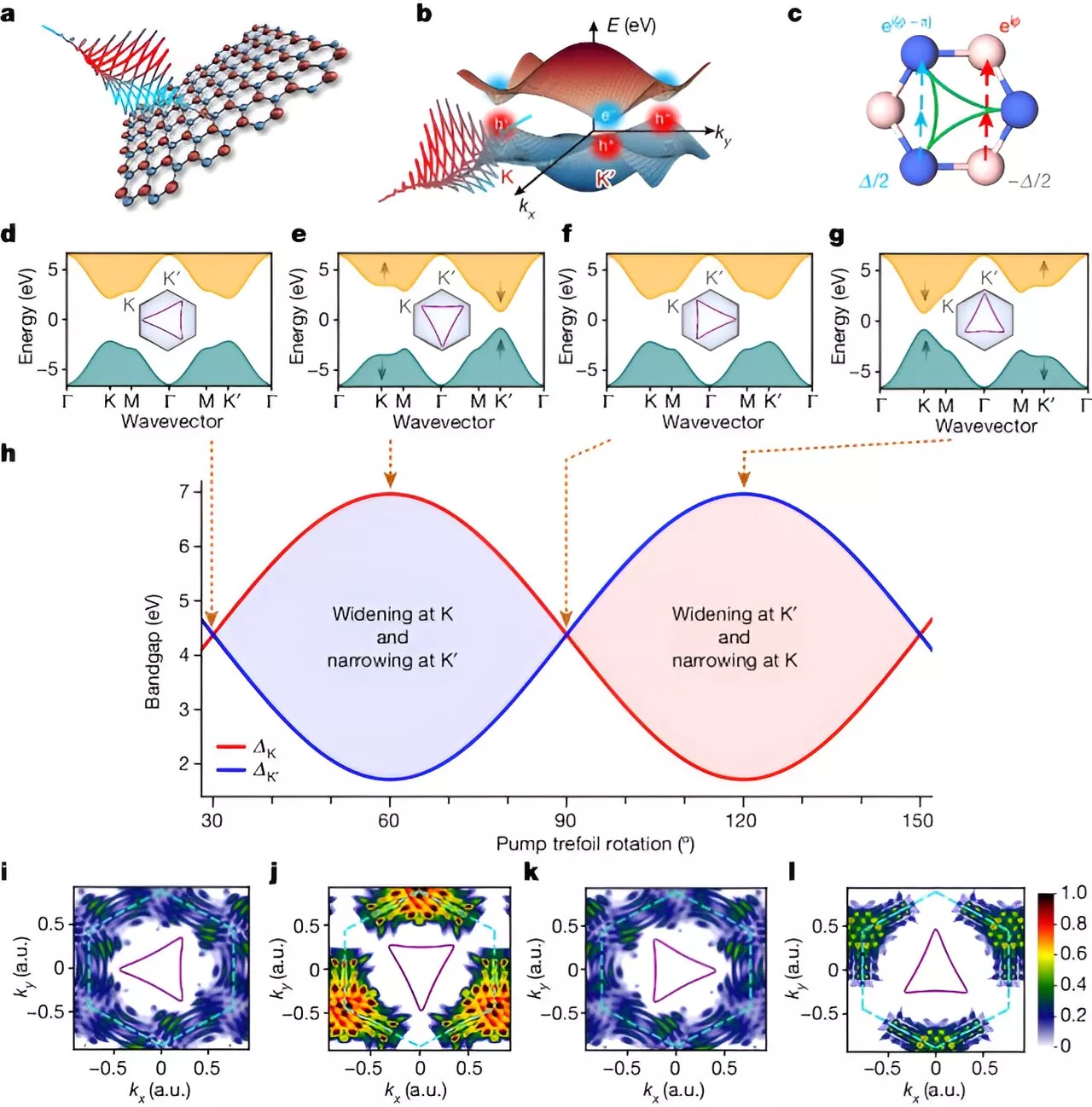Researchers have for the first time recorded X-rays being produced at the beginning of upward positive lightning flashes; an observation that gives important insight into the origins of this rare -- and particularly dangerous -- form of lightning.
Globally, lightning is responsible for over 4,000 fatalities and billions of dollars in damage every year; Switzerland itself weathers up to 150,000 strikes annually. Understanding exactly how lightning forms is key for reducing risk, but because lightning phenomena occur on sub-millisecond timescales, direct measurements are extremely difficult to obtain.
Although X-ray emissions have previously been observed from other types of lightning, this is the first time they have been captured from upward positive flashes. Oregel-Chaumont, the first author on a recentpaper describing the observations, says that they offer valuable insights into how lightning -- and upward lightning in particular -- forms.
The observations at Säntis -- which receives over 100 lightning strikes every year -- are ongoing. Next, the scientists plan to add a microwave sensor to the tower's arsenal of equipment; this could help determine whether the cold runaway model also applies to downward lightning, as unlike X-rays, microwaves can be measured from the clouds.
Detectors Aviation Electricity Storms Severe Weather Geomagnetic Storms Global Warming
United Kingdom Latest News, United Kingdom Headlines
Similar News:You can also read news stories similar to this one that we have collected from other news sources.
 Researchers make a special glass that cleans biofilm with lightResearchers at UMass Amherst have developed a UVC-emitting glass for the US Navy which stops biofilm growth on its surface.
Researchers make a special glass that cleans biofilm with lightResearchers at UMass Amherst have developed a UVC-emitting glass for the US Navy which stops biofilm growth on its surface.
Read more »
 Researchers control quantum properties of 2D materials with tailored lightA team of scientists has developed a method that harnesses the structure of light to twist and tweak the properties of quantum materials. Their results, published today in Nature, pave the way for advancements in next generation quantum electronics, quantum computing and information technology.
Researchers control quantum properties of 2D materials with tailored lightA team of scientists has developed a method that harnesses the structure of light to twist and tweak the properties of quantum materials. Their results, published today in Nature, pave the way for advancements in next generation quantum electronics, quantum computing and information technology.
Read more »
 Researchers shine light on rapid changes in Arctic and boreal ecosystemsArctic and boreal latitudes are warming faster than any other region on Earth. In three new studies, Earth system scientists at the University of California, Irvine report how the ecosystems in these regions are changing.
Researchers shine light on rapid changes in Arctic and boreal ecosystemsArctic and boreal latitudes are warming faster than any other region on Earth. In three new studies, Earth system scientists at the University of California, Irvine report how the ecosystems in these regions are changing.
Read more »
 Cut light pollution and treat glass to help migrating birds, say researchersSpring bird migration has begun. Under cover of darkness, 2.5–3.5 billion birds will fly northward to their breeding grounds in the United States and Canada.
Cut light pollution and treat glass to help migrating birds, say researchersSpring bird migration has begun. Under cover of darkness, 2.5–3.5 billion birds will fly northward to their breeding grounds in the United States and Canada.
Read more »
 Researchers develop tiny droplets that harness laser light to detect disease markersA team of researchers led by Nanyang Technological University, Singapore (NTU Singapore) has created tiny droplets that, when activated by laser light, can detect viral protein biomarkers indicating the presence of certain diseases.
Researchers develop tiny droplets that harness laser light to detect disease markersA team of researchers led by Nanyang Technological University, Singapore (NTU Singapore) has created tiny droplets that, when activated by laser light, can detect viral protein biomarkers indicating the presence of certain diseases.
Read more »
 Researchers spent two years in deep underground caves to bring this extraordinary fossil to lightPitch-black darkness. Crushing squeezes, muddy passages, icy waterfalls. Bats and spiders. Abseiling over ledges into the unknown. How far would you go for a fossil?
Researchers spent two years in deep underground caves to bring this extraordinary fossil to lightPitch-black darkness. Crushing squeezes, muddy passages, icy waterfalls. Bats and spiders. Abseiling over ledges into the unknown. How far would you go for a fossil?
Read more »
